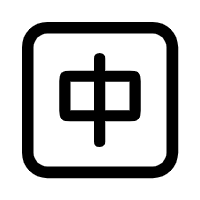Explanation

A class of low degree of polymerization intermediates that can be converted into macromolecule weight polymer, and their molecular weights are generally hundreds to thousands. The conversion is carried out through the functional group reaction of the end group or the side group and is carried out simultaneously with the crosslinking. According to the distribution of intermediate functional groups, prepolymer can be divided into two categories: random and structural. Random Due to the random distribution of reactive functional groups, polymer with certain molecular weight can be further formed by heating. Belonging to this type of reaction are alkaline catalyzed linear phenolic aldehyde, urea formaldehyde, alkyd, etc. The structure has a specific active end group or side group, so it is necessary to add catalyst or other reactive substances in the second stage of reaction, and it is generally unable to further polymerization or crosslinking itself. The prepolymerization stage, crosslinking stage and product structure of the structure are easy to control. This category includes polyester diol and polyether diol, which can react with diisocyanate to produce polyurethane, and others such as epoxy, unsaturated polyester, etc. Through further reaction, various thermosetting resin can be prepared, which can be used in paint, coatings, adhesive, laminated plate manufacturing, foam materials and other fields. It has heat resistance, weather resistance, water resistance, solvent resistance, high hardness and other properties.
Classification
Organic polymer materials -> Polymer Science -> Polymer Fundamentals